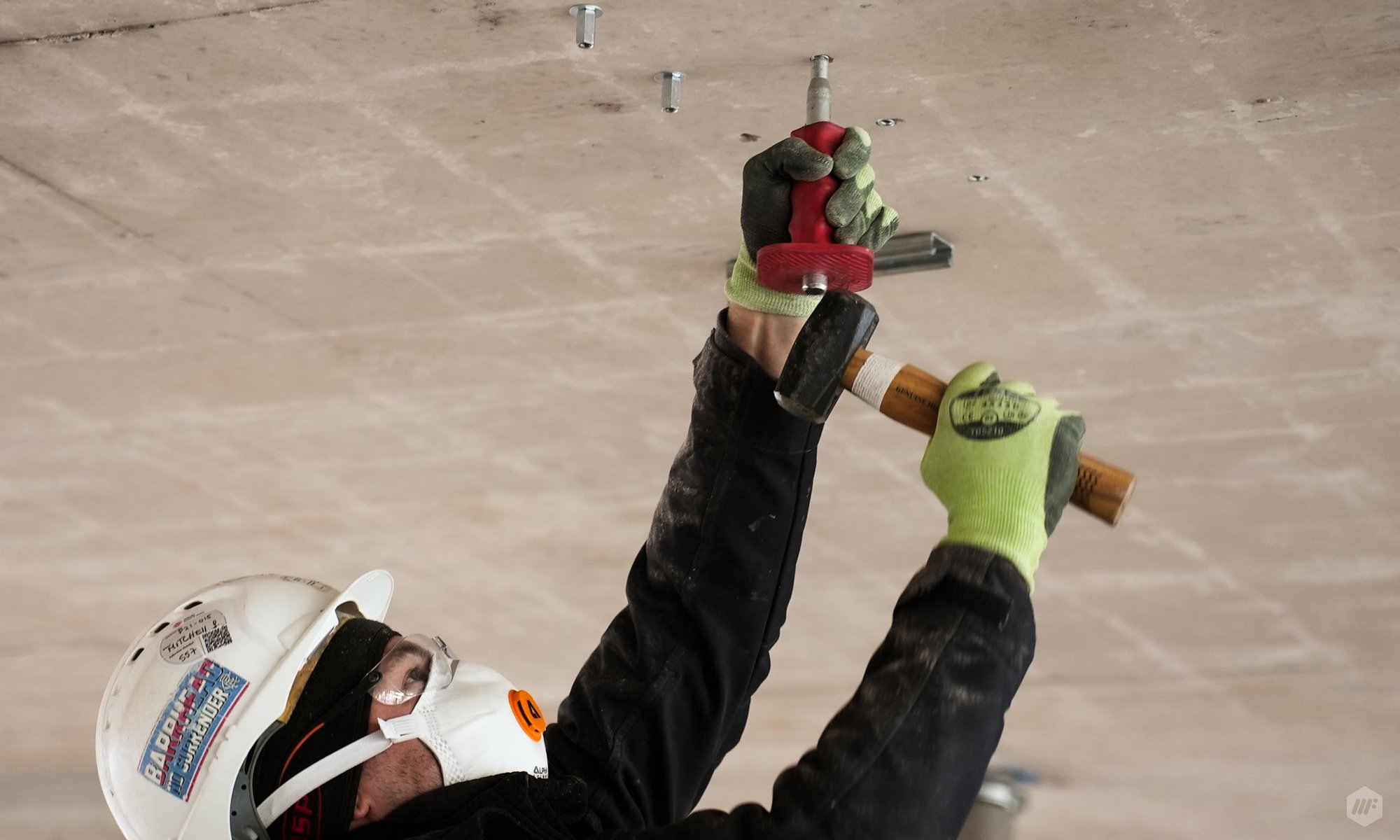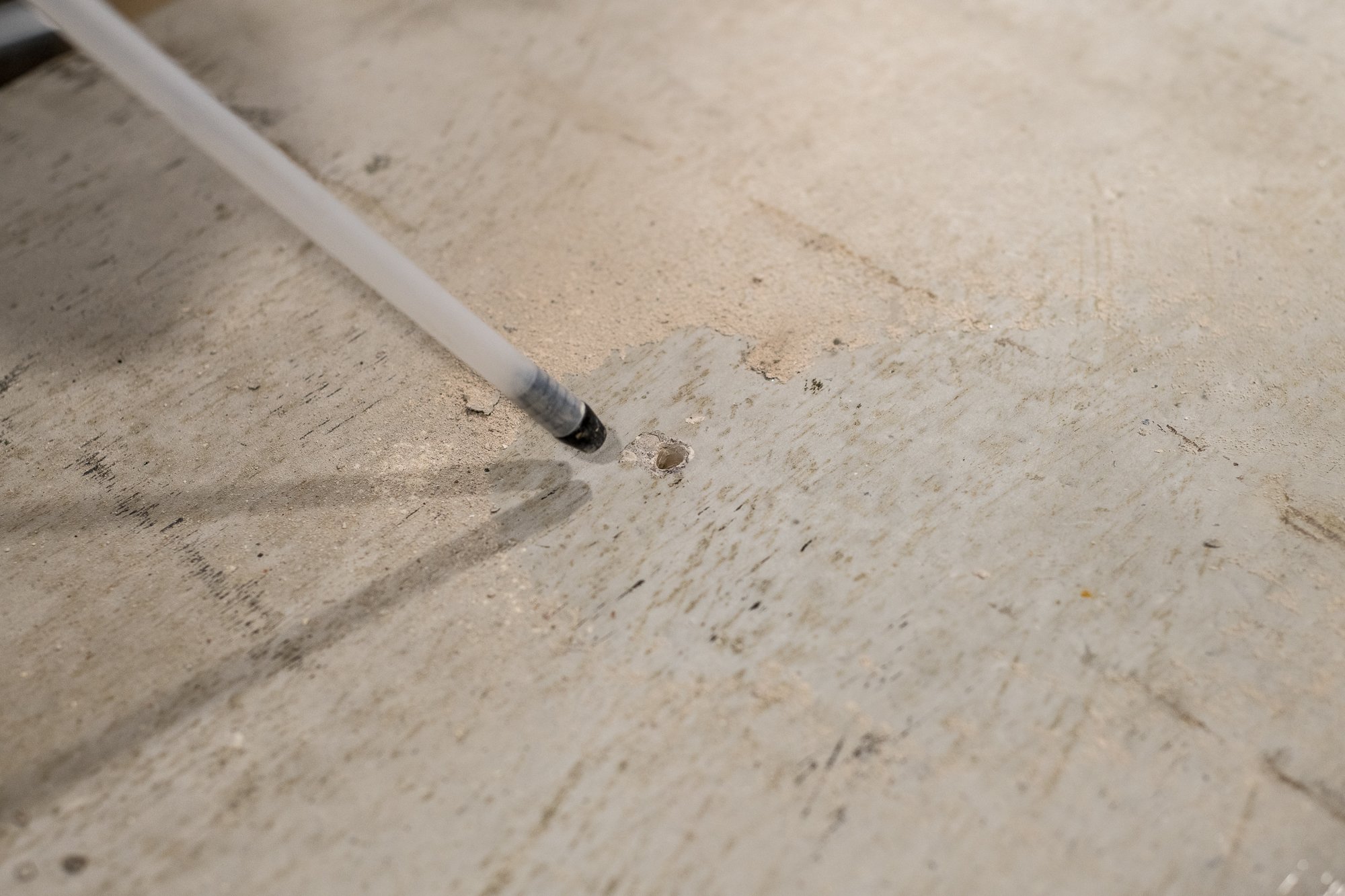Compliance, competence, safety – these are no longer ‘nice-to-have’, but requirements.
The soon-to-be-established Building Safety Act and Regulator, as well as whitepapers like the Proposed Construction Products Competence Standard all highlight the need for ‘competence and evidence behind installations’.
How will this be achieved? With the help of SHEQ Managers.
SHEQ (Safety, Health, Environment, and Quality) Managers are responsible for ensuring compliance with Health & Safety Regulations, standards, environmental regs, and quality control across an organization (Tier 1 and medium to large subcontractors); both on-site and in construction firms.
As such, they must devise practices within workplaces to ensure H&S and best practice on site and carry out quality control inspections.
As a SHEQ Manager, one of your key focuses of the job will be ensuring staff understand safety procedures. For that, they have to be ‘competent’, i.e. “suitably trained and qualified by knowledge and partial experience, and provided with the necessary instructions, to enable the required task(s) to be carried out correctly.”
Therefore, the SHEQ Manager should advise and train staff on the best working practices to make them competent to carry out a smooth, safe installation, and reduce the risk of any physical harm.
Anchors are often neglected until the last minute, and then bought based on price alone, which is the first mistake – the selection of the correct anchor is equally imperative for an installation to go well.
Without correct anchor selection, installation and supervision, the risk of support failure increases, which makes injury, and even danger to life, much more likely. And the only way to ensure a safe installation is by verifying that the installers and supervisors are trained.
.png?width=3881&height=2583&name=MicrosoftTeams-image%20(28).png)
There are a few reasons why Anchor Compliance training, in particular, should be taken seriously for Health & Safety.
Here are some of them…
- It will no longer be an option
- Installers are the biggest variable
- Anchor failure can lead to system failure
1. This will no longer be an option
If you haven’t already heard, the Building Safety Act received Royal Assent last April and came to fruition after the 2018 Hackitt report (Independent Review of Building Regulations and Fire Safety) brought to light shortcomings in the construction industry.
The report pointed out that there isn’t a consistent or reliable way to verify the skills and competence of installers and that this is one of the many areas that should be improved upon in the coming years.
In turn, the BSA stipulates the importance of appointing the correct duty-holders with the right competence (the skills, knowledge, experience, and behaviours, or organisational capability).
Specifically, the Building Safety Act states:
A "competence requirement" is a requirement relating to -
(a) the skills, knowledge, experience and behaviours of an individual;
(b) the capability of a person other than an individual to perform its functions under building regulations. The BSA goes on to state that:
(3) "the regulations may require an appointed person who is not an individual to give an individual acting under its control who has the appropriate skills, knowledge, experience and behaviours the task of managing its functions as an appointed person".
What does this all point towards? ➡ Installers need to be competent enough to carry out installations.
The act also creates the Building Safety Regulator (BSR), a governing body to oversee the safety of all buildings, monitor industry performance, and advised the government.
To help achieve its goals, the BSR has introduced three Gateways: the planning application stage, before the construction stage, and when construction work is complete.
Dutyholders, including M&E contractors, will need to provide certain information to the BSR (as mentioned above) throughout these stages as part of the "Golden Thread" to prove ongoing safety risk management. This includes Principal Designers and Principal Contractors, and that will cascade down to M&E Contractors. Because, in order for Tier 1 contractors to prove that they are competent, they need all the relevant documents & information “that allows you to understand a building and the steps needed to keep both the building and people safe” from the subcontractors to form the Golden thread.
This means there needs to be proof that staff are trained, e.g. training course certificates. All this information should be kept accurate, up-to-date and accessible to those who need it and must also show that their subcontractors are competent; otherwise the Tier 1’s reputation will be impacted.
Failure to comply or provide the Golden Thread could lead to project delays or even penalties under the Act. This could be a maximum penalty of two years’ imprisonment or a fine.

2. Installers are the biggest variable
The installer himself is the variable that affects the outcome of an anchor installation the most. In fact, the reason for most anchor failures isn’t the anchor but rather the installer’s errors. We know that an anchor will perform well because most of the time, it is ETA-approved. But without training, we don’t know how the installer performs nor how qualified they are, and therefore whether the support is fit-for-purpose.
This is made even more difficult with many installers having a traditionalist mindset and an “I’ve always done it this way” mentality. Many believe that techniques and practices that have been passed down for decades are still fine to use today - when in reality, they are now outdated and not suitable. (This is still true if your installations haven’t failed! Lack of failure ≠ compliance or evidence.)
No one is really to blame for this. BS 8539 has been around since 2012 but anchor installer training is a relatively new phenomenon. However, more people in the industry are becoming aware of it, which is great to see. There’s always room for growth and improvement. We should be able to recognise and correct our mistakes when we acquire the means to do so over time.

3. Anchor failure can lead to bracketry failure increasing the health and safety risk
Most anchor installations are overhead and therefore ‘safety-critical’ (i.e. can cause risk to human life and/or considerable economic loss). Not only that, but anchors are a fundamental part of support systems in that they could result in the failure of the entire system. This happens because when one anchor fails, the other anchors follow as they need to carry more weight, causing a domino effect.
Anchors are also prone to deterioration over long periods, especially if overloaded, and tend to be the weak link in support services (first point of failure). They usually aren’t visible after installation (being covered by the concrete, other services, suspended ceilings, etc.); so if there is potential for it to fail, sometimes there’s no way to predict or see that until it has already happened.
Not to mention, installing anchors usually involves drilling, and drilling leads to a lot of exposure to silica dust. Did you know that at least 500 construction workers die every year because of silica dust? It is extremely detrimental to installers’ health & safety; hence why they should be trained and informed on the risks and practice dust-less drilling.
All this could not just lead to injury, and in extreme cases, loss of life - as if this isn’t a big enough risk - it will also lead to a damaged reputation and financial loss, regardless of whether there was actual physical harm.
So, why take the chance? You have nothing to lose! The only way to mitigate these risks is by guaranteeing safe, competent, and low-risk dust-free installations. Plus, feeling confident in your installations and knowing you’re doing your best to combat risks is a great bonus.

Going forward...
It’s important to look at the bigger picture here, which is the growing movement towards a safer, more compliant, and traceable future. And it’s the SHEQ Manager’s responsibility to be the push towards it!
This will be a drastic but much-needed shift from the sector’s current old-fashioned habits. Rather than trying to do things (in this case, anchor installations) as quickly and cost-effectively as possible, the goal should be to deliver quality support systems, brackets, homes, etc. that are safe for people to live in and/or be around, through safety-conscious procedures.
It doesn’t have to be as hard as you might think.
In fact, there are already a few accessible options for training available in the market. For example, product manufacturers themselves often have their own ‘toolbox talk’ sessions.
Alternatively, you can also find online learning centres for ‘best practice’. We have our very own
MIDFIX Academy – feel free to check it out and start training here.

.png?width=451&height=381&name=MicrosoftTeams-image%20(28).png)
